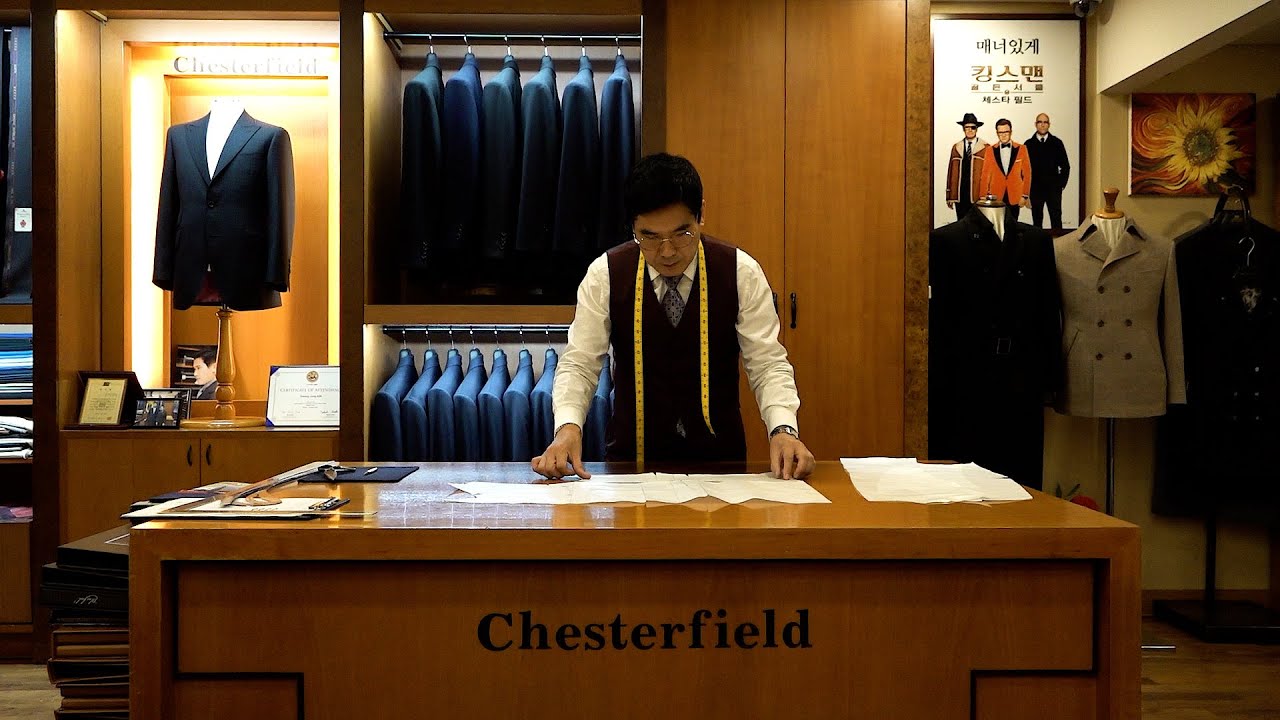Dear reader, welcome to my blog! I’m Bob, and I enjoy sharing my knowledge and passion for building things. Today, I’m excited to guide you through the intricate process of suit manufacturing. Whether you’re a novice or a seasoned tailor, this guide will surely offer something new and informative.
The Fabric Selection
When it comes to suit manufacturing, the first step is always selecting the right fabric. The choice of fabric determines the overall quality and appearance of the suit. From different types of wool to linen and cotton blends, each fabric has its unique characteristics that impact the final product.
Choosing high-quality fabric is essential for a durable and elegant suit that stands the test of time.
It is important to consider the fabric weight and texture, as they influence the drape and comfort of the suit. Understanding the properties of various fabrics is crucial in making the right selection for different seasons and occasions.
The Cutting and Fitting Process
Once the fabric is selected, the next step involves the meticulous process of cutting and fitting. Precision is key in creating a well-tailored suit that fits the wearer perfectly. The tailoring process involves taking accurate measurements and creating patterns tailored to the client’s individual body shape.
Skilled tailors devote significant attention to detail, ensuring that the suit compliments the wearer’s physique. The fittings are crucial milestones in the manufacturing process, allowing adjustments to be made for a flawless fit.
The Assembly and Stitching
As the tailored pieces come together, the skillful art of assembly and stitching takes center stage. Every stitch contributes to the structural integrity and aesthetic appeal of the suit. Tailors take pride in their craft, meticulously hand-sewing and completing intricate details such as buttonholes and lapels.
The quality of stitching and finishing distinguishes a bespoke suit from mass-produced alternatives. Attention to the smallest details, such as the choice of thread and the technique of stitching, ensures a suit of exceptional quality.
The Pressing and Final Touches
Once the components of the suit are assembled, the pressing and final touches become the focus. Pressing plays a crucial role in achieving the desired shape and crispness of the suit. From setting the creases to shaping the collar and lapels, skilled pressing enhances the overall appearance of the garment.
The final touches, including the addition of buttons, linings, and pocket details, add the finishing touch to the suit. Each element is meticulously placed to create a harmonious and polished look. The suit is then thoroughly inspected to ensure it meets the highest standards of craftsmanship.
Conclusion
In conclusion, the art of suit manufacturing is a labor of love, requiring skill, precision, and attention to detail. From fabric selection to the final touches, every step contributes to creating a timeless garment of exceptional quality. Whether it’s a bespoke or made-to-measure suit, the craftsmanship and artistry bring the vision to life.
Share your thoughts and experiences with suit manufacturing in the comments below. Have you ever attempted to make a suit? What challenges did you face? I’d love to hear your insights and perspectives!
Thank you for reading! If you have any questions or suggestions, feel free to leave a comment below.
